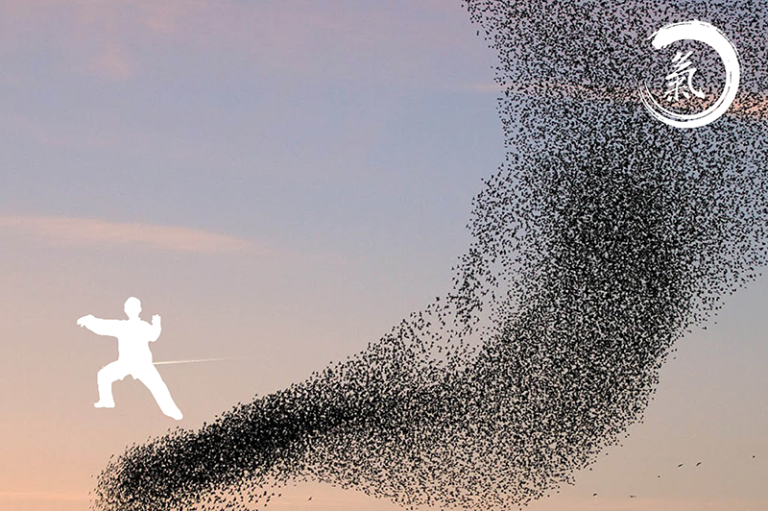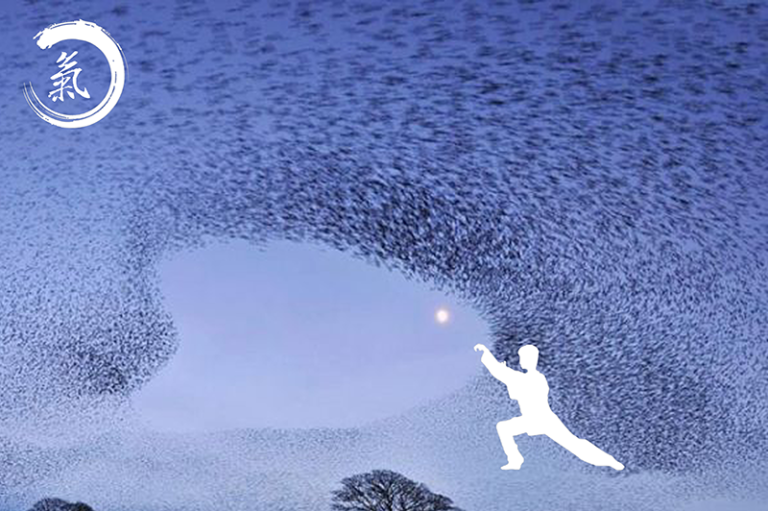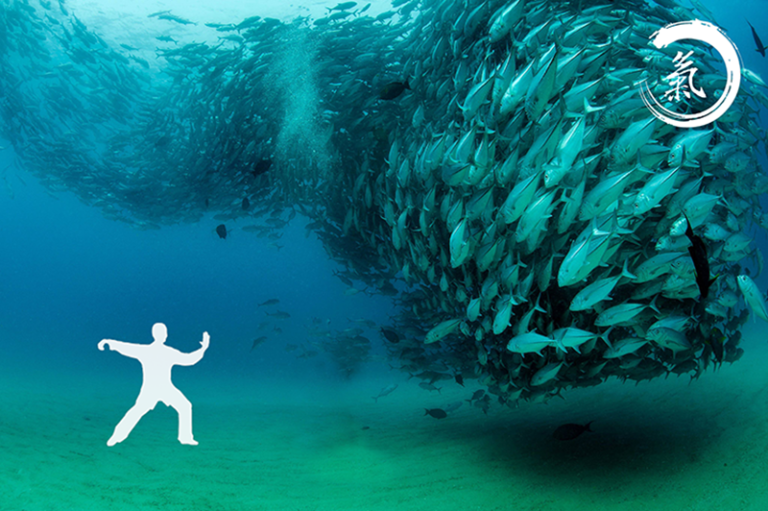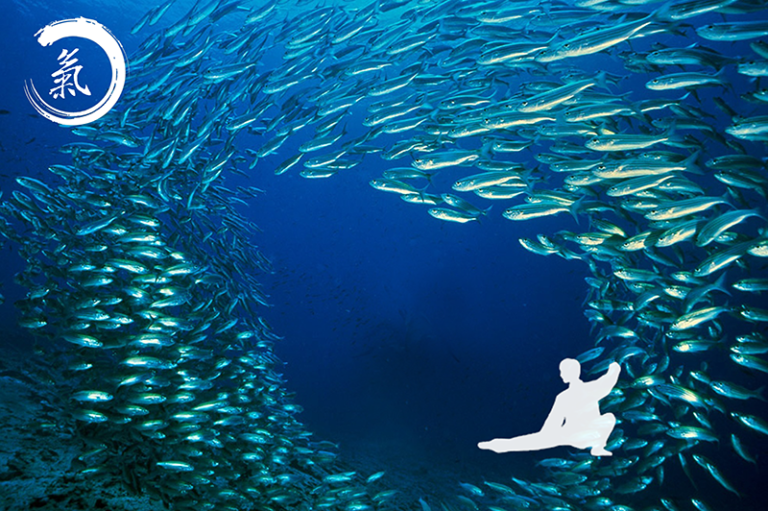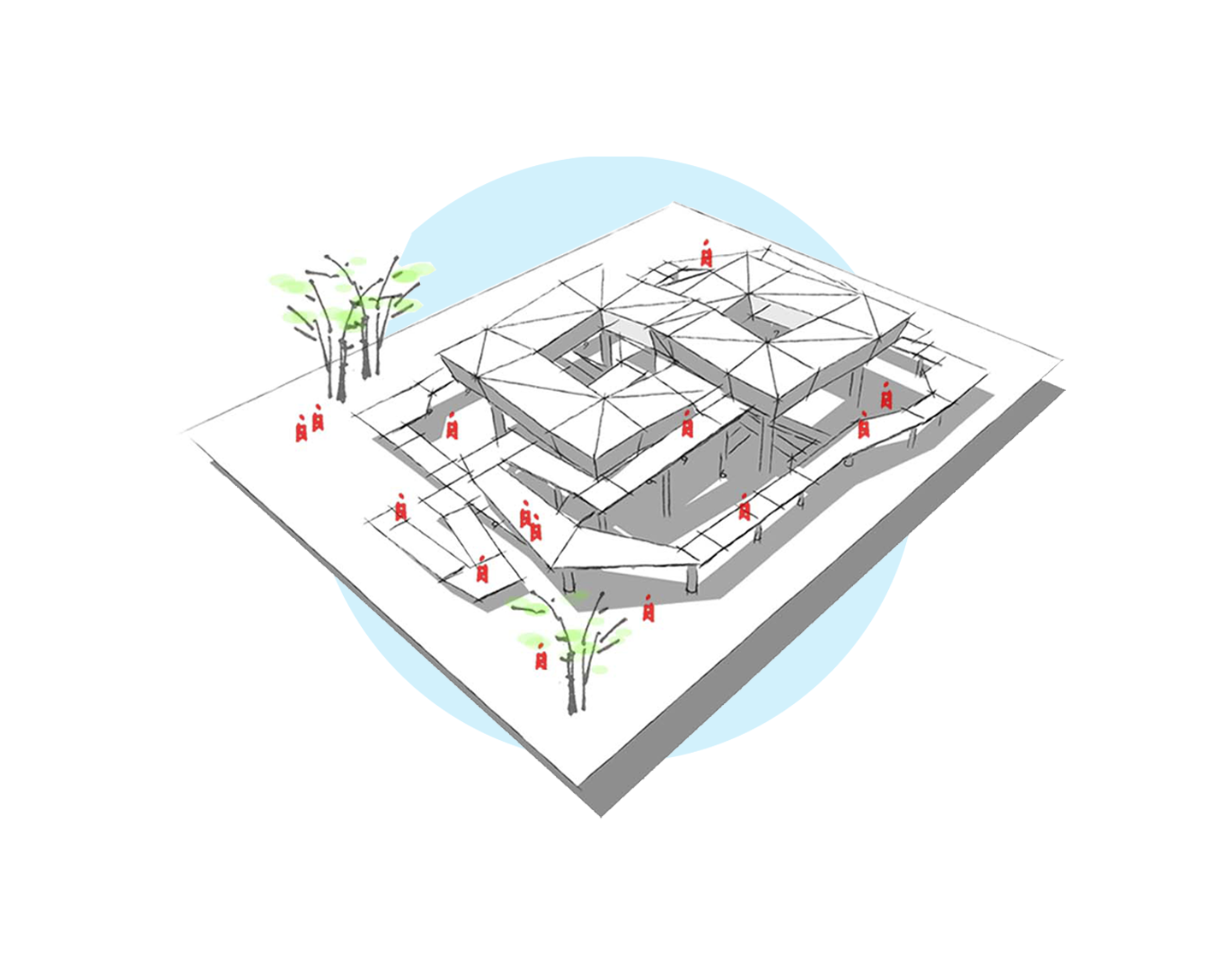Tai Chi in Nature
- Topic: Augmented Reality
- Duration: 2 weeks [ Apr2019 ]
- Tools: Photoshop, Unity3d, Oculus Go
- Programming language: C#
- Platform: Magic Leap One
The Origin of the Concept
This concept was designed for the AR headset, Magic Leap One. The project is aiming at helping people learn Tai Chi(太极拳).
Different from VR, when users experience AR scenes, they can still see the real context around as well as their body positions and movements, which is a great feature of AR to help users doing some simple sports, especially the kind that demands a lot of imagination.
Therefore, Tai Chi and Yoga are both good candidates. So I started to conceive an AR project concept with the one I was more familiar with, which was Tai Chi.
Some Background Of Tai Chi
Tai Chi is a kind of physical exercise that emphasizes a lot on its mental component. It encourages practitioners to imitate the flow of air or water in nature with their body movements, from which they finally would feel a flow of energy throughout their body even their mind.
How AR Can Contribute To The Practice Of Tai Chi ?
Help users to "concentrate" before the practice
For Tai Chi, one of the hardest parts is not memorizing all the moves, but entering “the mindset”. In my view, this mindset is to concentrate spirits on body movements, and finally enable the flow of minds and the flow of body movements to control each other.
In order to enter this mode, practitioners need to create an environment themselves to provoke this “concentration” to a certain level. Traditionally, people use background music to create such a “virtual environment”. That’s why in ancient times, it is ideal to practice Tai Chi in the mountain ealy morning.
In this sense, AR is a perfect tool to create such a “virtual environment” for Tai Chi practitioners.
Help users to "imagine the 'flow' in nature" during the practice
Once practitioners begin to practice Tai Chi, they’re demanded to imagine a lot, like imagining there is a ball that can shrink and swell between their arms, or the resistance of the air as if in the water, etc.
With the power of AR, we can actually visualize the “ball” or the “flow of water or air”. Then, even when they practice Tai Chi without the headset afterward, the visual and body memory will still stick with them.
Help users to "imagine the 'flow' of energy" during the practice
Another content that needs practitioners to imagine is their “energy flow”. The word “imagine” in the process of Tai Chi is not entirely equalling to “visualize”. But “visualization” would contribute to augmenting “imagination”.
The mockup of virtual scenes
In the mockup, I translated the “flow” of air and water to the dynamic flock of birds and fishes, aiming at enabling the users really feel the rhythm of “flow” but not just “see” it. And the background audio will be a mixture of ambient sound and mankind’s breath sound. All the virtual contents would respond to the physical behaviors of users to guide them during the practice of Tai Chi.
Essentially, this application is to create a virtual context to induce a kind of feeling in users, which is what we call “天人合一”. It can be understood as the feeling of finding their own connection with the universe.
To some extent, Tai Chi is a kind of meditation, but with physical movements to augment it.
implementation
The initial plan to build the project mainly consisted of two parts.
Simulate flocking patterns in Unity.
Map the flocking patterns with the movements of users
I finished the simulation of the basic flocking patterns of birds in Unity and uploaded it to Oculus Go. However, I found out later that Magic Leap one can only recognize 8 types of hand gestures. Therefore, it needs a well-trained model to recognize more physical patterns of users. It’s still interesting to map flocking patterns with the 8 hand gestures.


